Menu
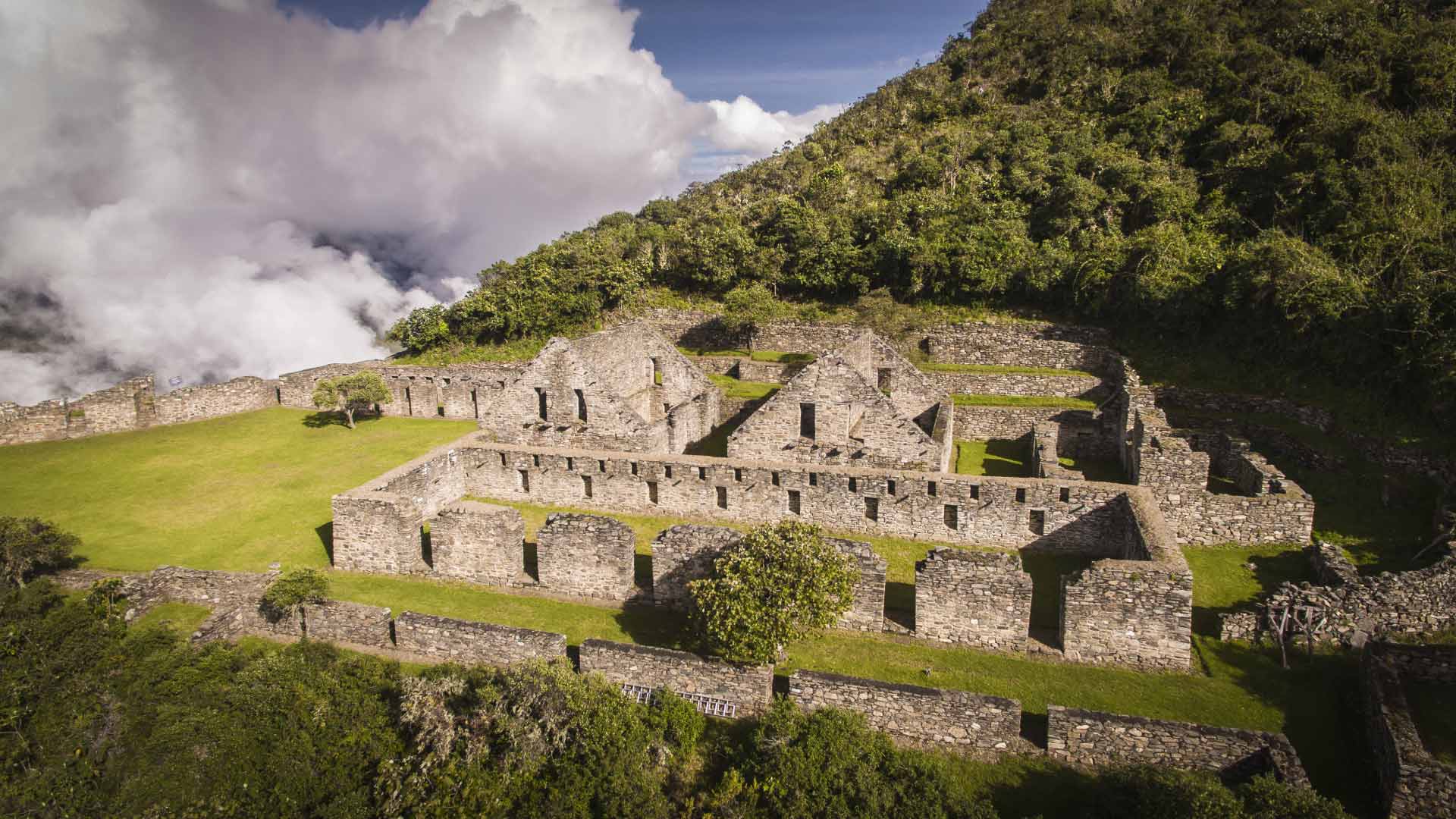
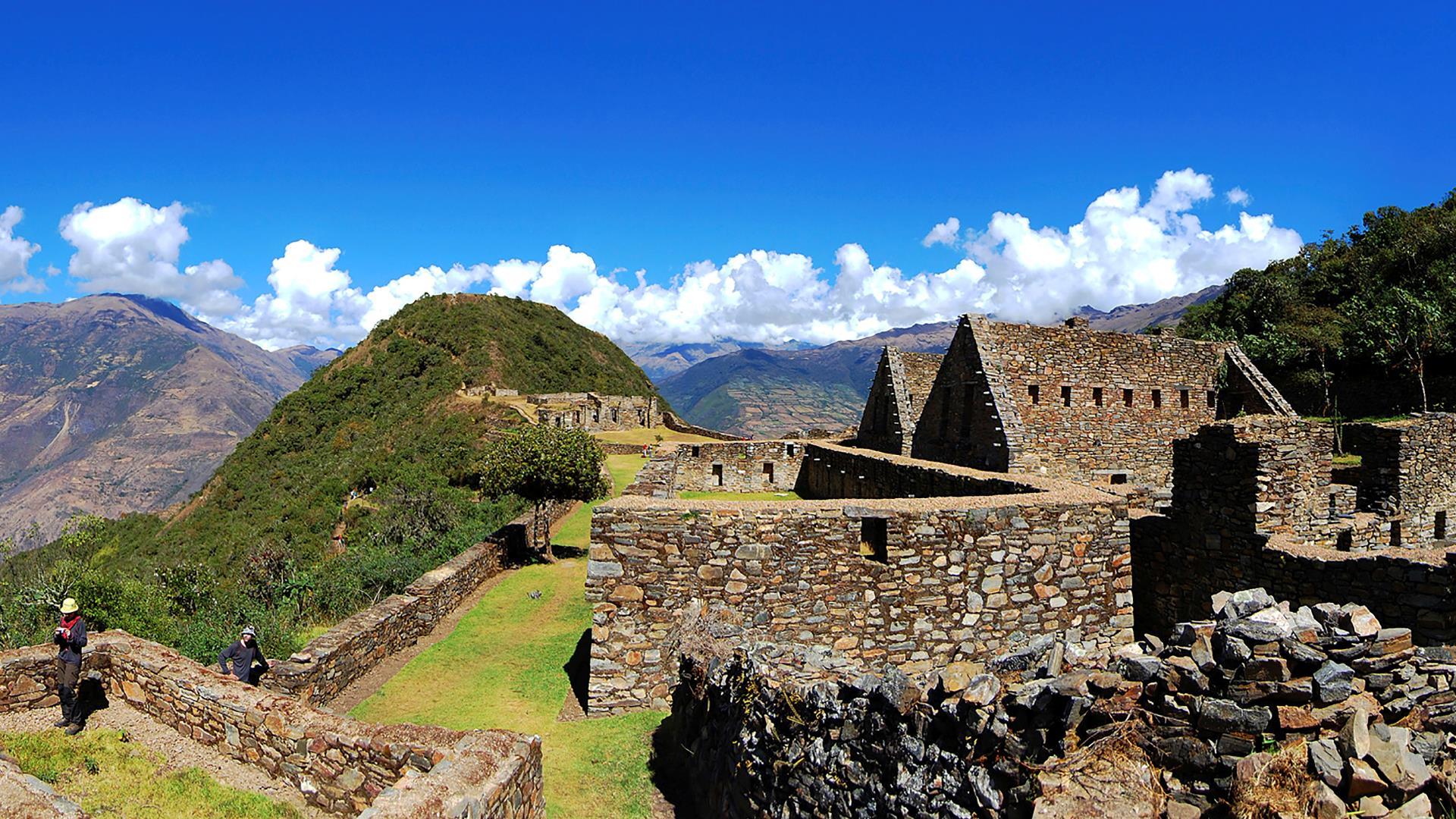
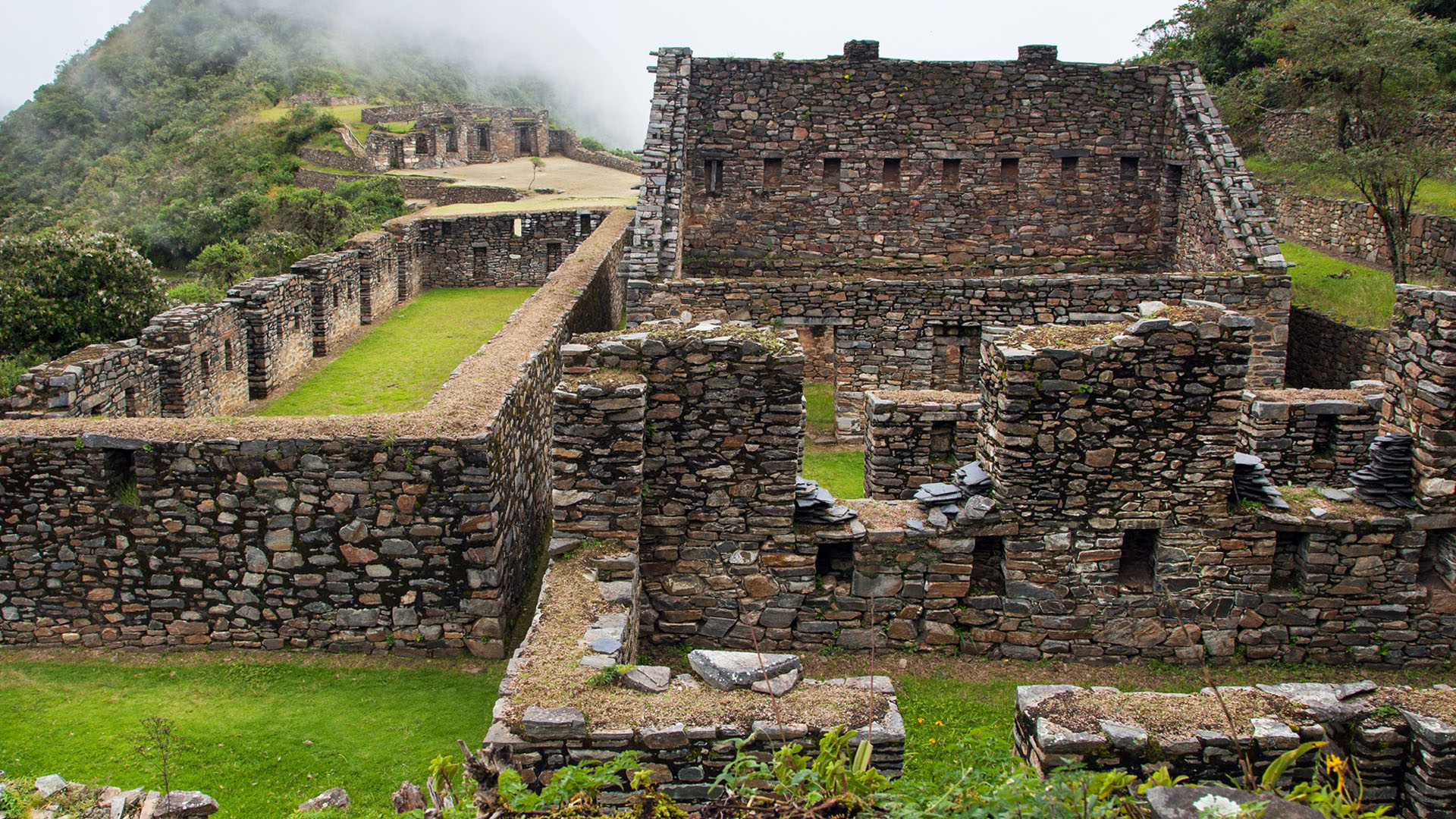
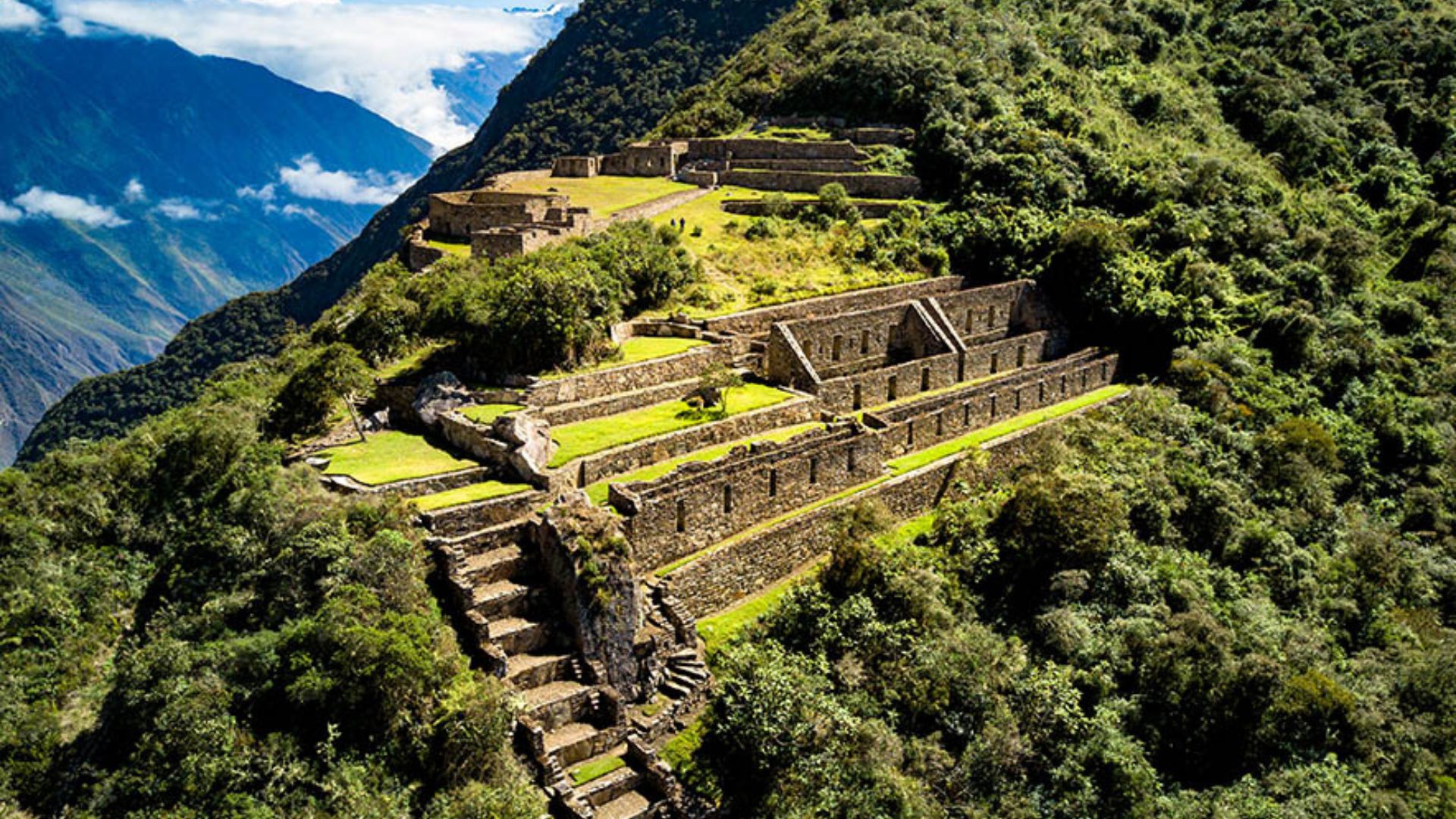
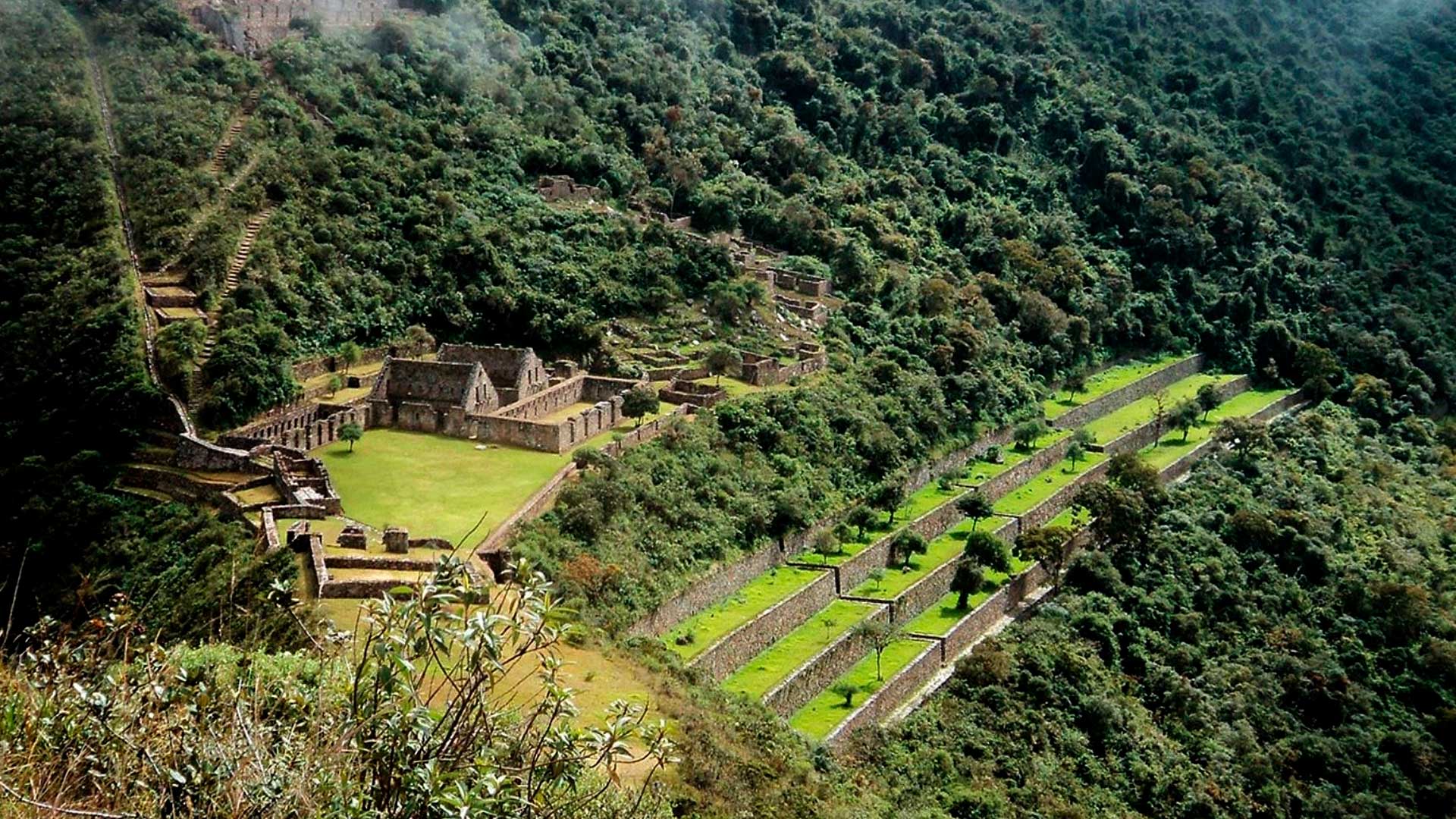
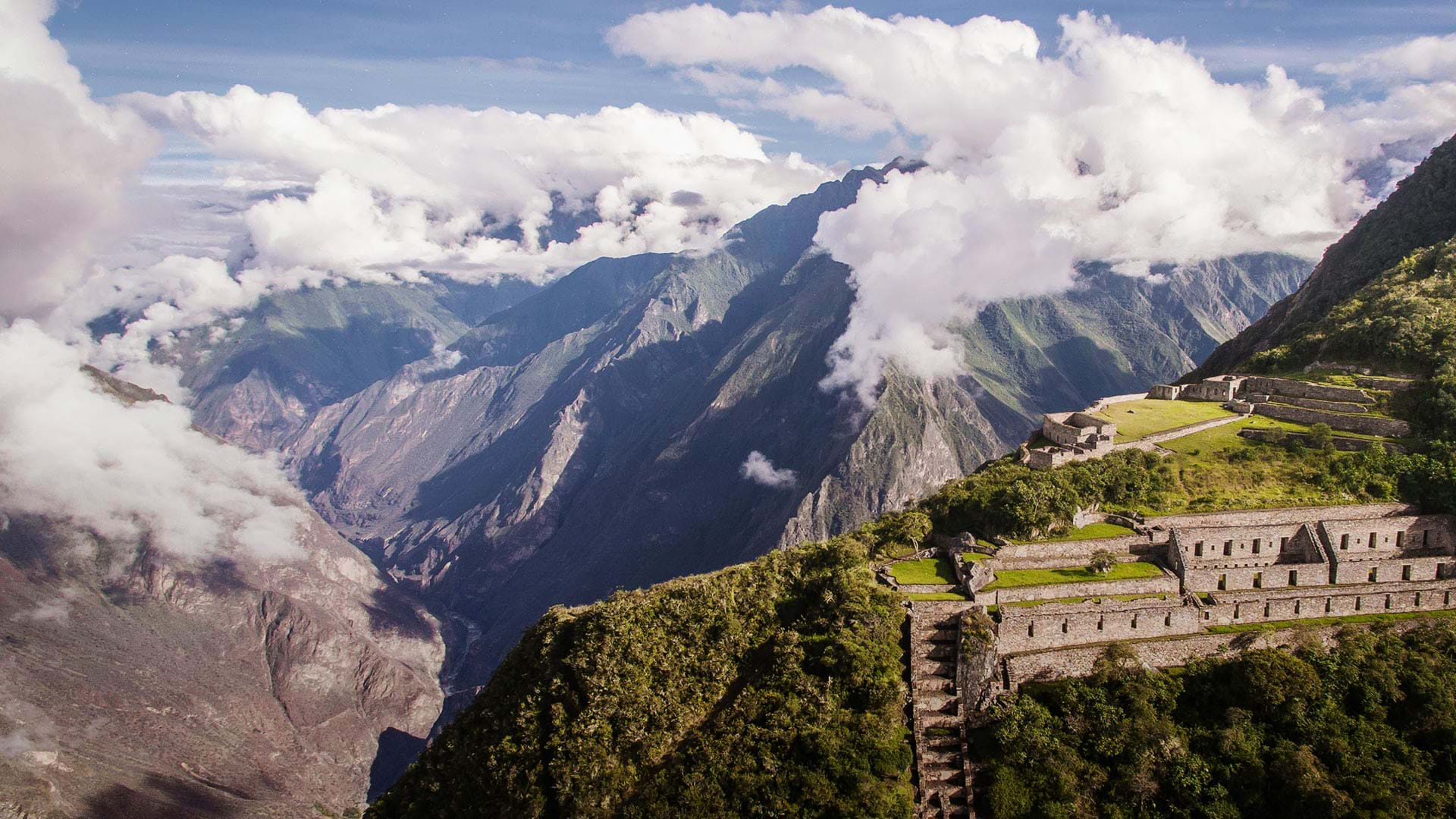
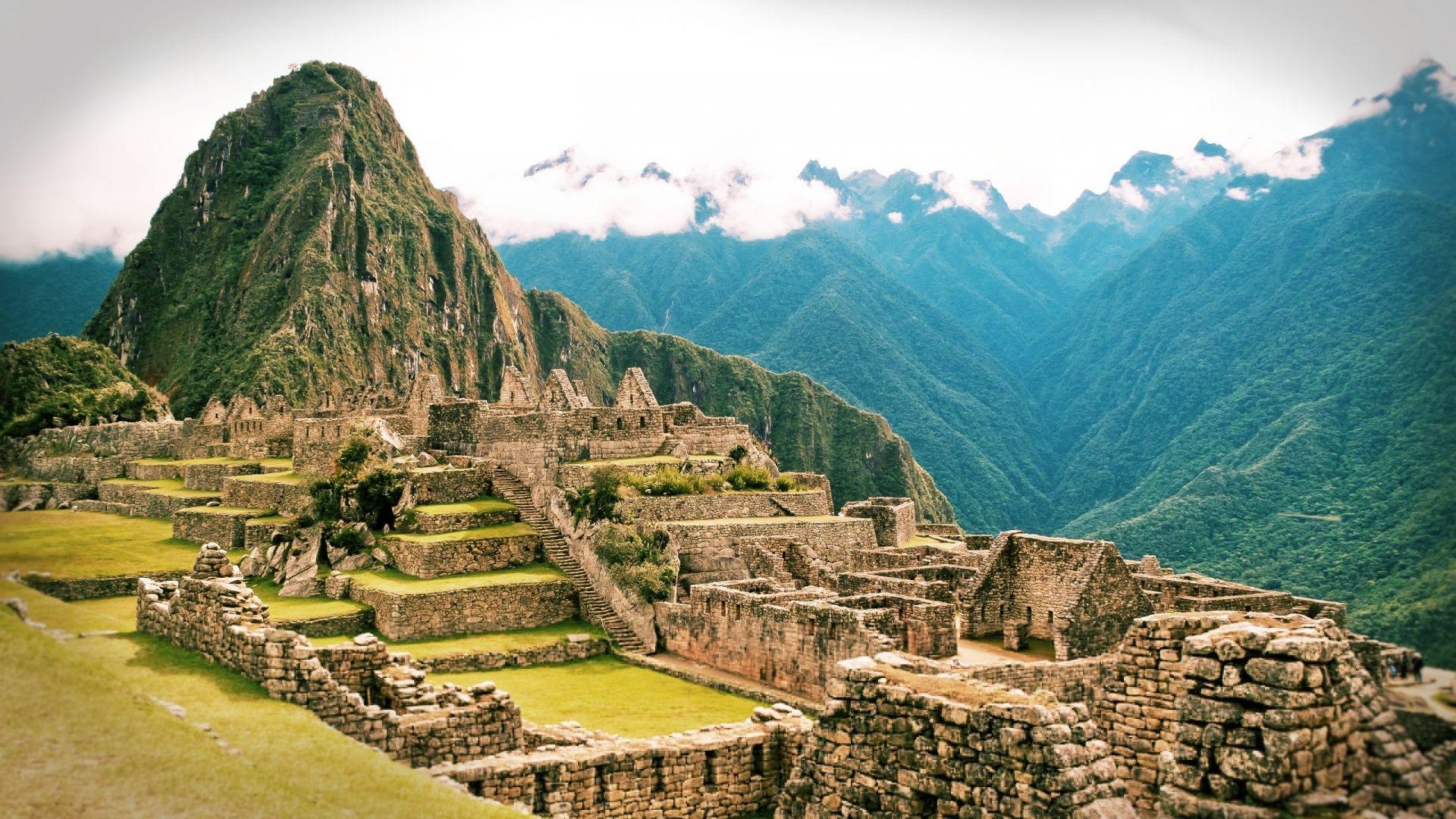
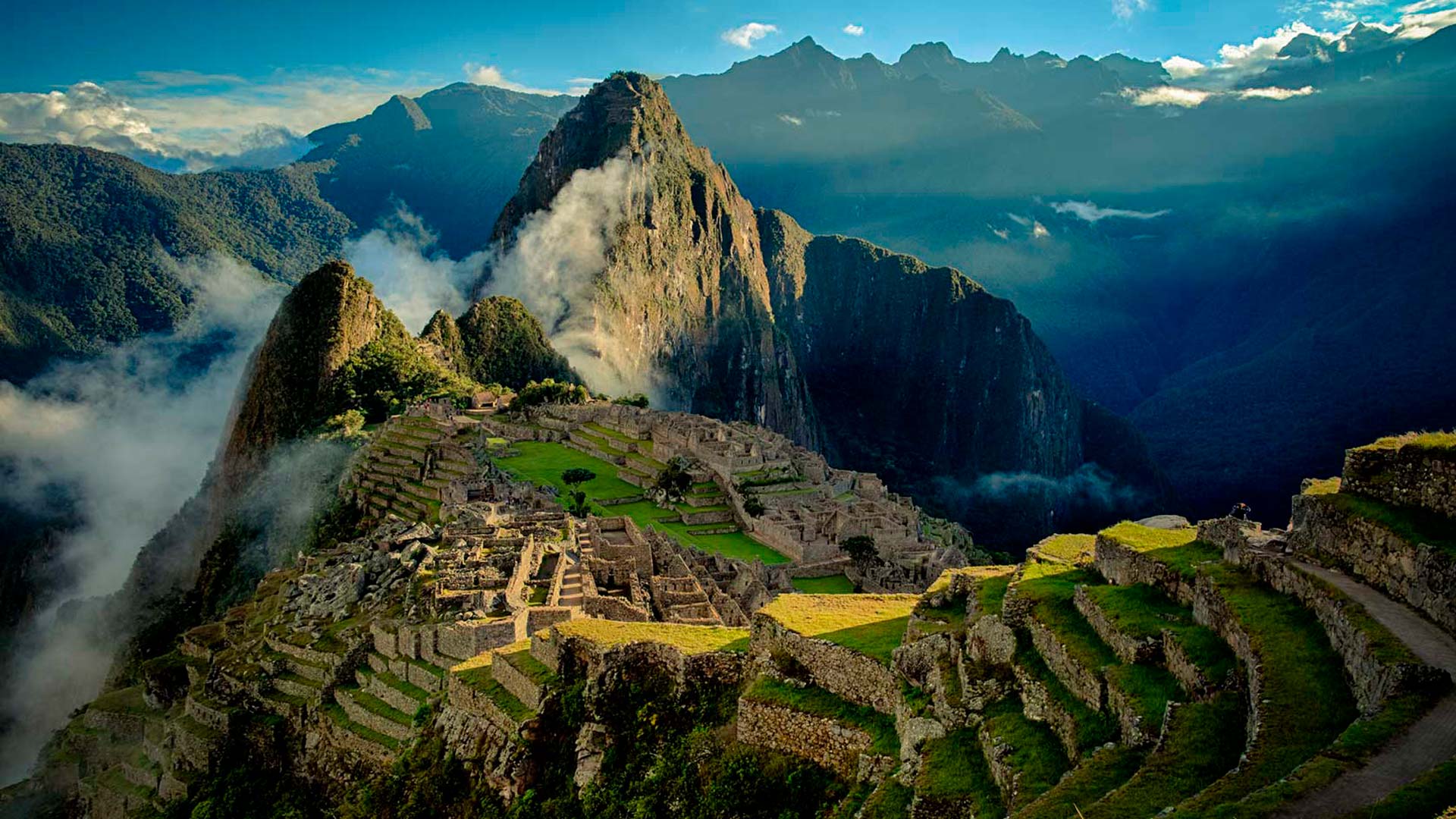
8 Days / 7 Nights
50 miles
Moderate
3300 - 5000 msnm
Choquequirao Trek
Up to 8 people
There are many roads to Machu Picchu. The most frequently used is the Inca Trail, probably one of the best known treks in the world. Everyday 500 people set out on this 4-day walk along an old inca road to the famous archaeological site and to do it you need to book months in advance.you can possibly imagine 500 people on a track at the same time, so This tour is a quieter way to walk to the iconic incan citadel of Choquequirao and Machu Picchu, a favourite for inclusion in the list of the seven new wonders of the world. The Choquequirao to Machu Picchu Trek fitted the bill exactly; longer, higher, more diverse and with an extra incan archaelogical site or two to boot.
This expedition will take you to two of the major archaeological sites in the Cusco-area: CHOQUEQUIRAO and MACHU PICCHU. The legend of Machu Picchu is already known all over the world. Since the re-discovery of Machu Picchu by Hiram Bingham in July 1911, the ruin has been a topic of discusion and research. Finally, in 1981, the Peruvian government established The Historical Sanctuary of Machu Picchu, and in 1983 the Sanctuary was named by UNESCO as a World Heritage site.
While Machu Picchu is well known, less is known about the Choquequirao ruin. The archaeological site of CHOQUEQUIRAO is part of the complex system of Andean towns in Vilcabamba Valley. In the time of the Incas, it was linked to Machu Picchu by a complex network of trails. Choquequirao is situated in the spurs of the mountain range of Salkantay, at 3035 m.a.s.l., surrounded by the snow capped Apus of Yanama, Ampay, Choquequirao, Pumasillo and Pants on the right side of Apurimac river. Choquequirao is an Inca town formed by small sites, forming a complex metropolis placed on the crest of the mountain called Choquequirao.
PLEASE NOTE:WE ARE TAKING THE PATH OF CAPULIYUC TO GET BETTER VIEWS AND WE ARE SKIPPING THE DUSTY ROAD OF CACHORA WHERE THE CARS PASS
Meet & greet with other guests where you receive important information for a great trekking experience.
We will leave Cusco early in the morning at about 5:30 am. First we will head for the little village Cachora (2850m/9350f), a nice place surrounded by beautiful mountains and the majestic glacier Padreyoc (5571m/18278f). Here, we will also meet our horsemen who will accompany us during the trip. After having passed the overlooking Capuliyoc (2800m/9186f), we will continue descending to our campsite called Chiquisca (1930m/6332f).
Climate: warm
Hiking time: Approximately 6 hours
After breakfast, we will first descend to La Playa Rosalina (1550m/4921f) and then climb up to the village of Marampata (2850m/9350f). From here, we will have a nice view of the archeological complex of Choquequirao (3033m/9951f). If we are lucky, we will even see a condor flying at nightfall. Our camping site in Choquequirao is about 25 minutes from the ruins at 2950m/9678f.
Climate: both warm and cold
Hiking time: 7 hours
At dawn, we will first head for the citadel of Choquequirao (3033m/9950) called “Cuna de Oro” – the ‘Cradle of Gold’ – and enjoy the quietness at this place. Beyond, we will explore this archeological site, of which only 30 % is restored, in more detail: we will visit the section of the palaces, the liturgic fountains, the temple of the high priest, the section of the llamas and the Ushnu. Thereafter, our trek continues towards the pass of Choquequirao (3270m/10728f) and passes the archeological site of Pinchaunuyoc (2450m/8038f). Finally, we will head down to the deepest point of the small canyon known as Río Blanco (1900m/6234f) or Río Silvestre where our camping site is situated.
Climate: warm with mosquitoes
Hiking time: 6 hours
Due to the ecosystem’s constant changes, this day is both the most ardous and the most spectacuChoquequirao Treklar one. In Maizal (3000m/9843f) we will have a short break to catch some breath and to enjoy the view of the beautiful landscape. Since the Inca trail in this region is not in good conditions during the rainy season, we ask you to watch your steps carefully. In San Juan (4170m/13681f) we will enjoy the beautiful view of the valleys, the mountains and the glaciers, from which some of the latter peak more than 5000m/16404f. Our camping place will be in the little village of Yanama (3530m/11581f).
Climate: warm and cold with mosquitoes
Hiking time: 5 hours
Early in the morning, we will head for the highest pass of this trip – the Yanama (4670m). If we are lucYanamaky we will even see a condor flying. During the day, we will enjoy frequently the view of snow capped mountains such as Salkantay (6264m) and Pintuyu (5450m). Our camping place will be in the valley of Totora pampa (3200m).
Climate: warm with mosquitoes.
Hiking time: 8 hours
Note: According to the group’s whishes, it is possible to change the itinerary a bit and visit the hot springs in Santa Teresa (1830m/6004f) this day.
In Totora pampa we will get the chance to meet Quechua-speaking Andean people who live from agriculture and cattle breeding. The vegetation on our way gets more and more bizarre and reveals its diversity of orchids, bromelains and other plants. We will also see some plantations for coffee, papaya, passion fruit and avocado. Our camping site will either be in La Playa (2100m/6890f) or in Lucmabamba (2020m/6627f).
Climate: warm whit mosquitoes
Hiking time: 7 hours
Our journey starts early in the morning. First, we will follow the Inca Trail till Llactapata (2650m/8694f). This archeologic site is situated amidst a bizarre vegetation and offers an exceptional view of the mountain Machu Picchu. Our trek continues towards the hydroelectric station (1950m/6398f) from where we will take the train to Aguas Calientes (2050m/6726f). In Aguas Calientes we will spend the night in a hotel.
Climate: warm
Hiking time: 6 hours
From Aguas Calientes we walk or take bus to Machu Picchu. We start our visit with a 2-3 hours guided tour, that will bring us to the most important locations at the archaeological site and the guide will tell us about the great importance Machu Picchu enjoyed as astronomical and religious center. The rest of the day we spend at this amazing ruin and you will have the chance to climb Wayna Picchu or visit the beautiful moon temple. We meet in the afternoon in Aguas Calientes where we take the train to Ollantaytambo, and from here bus to your hotel . end of our service.
Climate: moderate warm
Hiking time: 02 hours
IMPORTANT NOTE :
Appropriate clothing along this hike
Hiking pants and T-shirts are recommended during the day, complemented by sweaters, fleeces and waterproof jackets. It is very convenient to have light raingear available in the daypack (rain poncho or jacket and/or rain pants) as the weather changes easily and rains can suddenly occur. At night, warm clothing is required, down jackets can be useful, otherwise a fleece and a jacket. During the fourth day (if sunny) and in Machupicchu, convertible hiking pants are useful, as can be switched into shorts if necessary. Machupicchu has a warm climate, getting only cold at night. The rest of necessary implements are included in the“What we recommend that you bring” list.
DISCOUNTS:
What will the weather be like on a Choquequirao trek?
The Andean weather can be unpredictable, despite the sharp divide between dry and wet seasons. The dry season runs from May to October or November; the rainy season goes from December through April. Nevertheless, Choquequirao lies in the forested fringes of the Amazon basin, where showers can occur at any time of year. Therefore, even in the “dry” season, your daypack should always include full rain gear (both jacket AND trousers).
Daytime temperatures can vary greatly, with daytime highs ranging from 10ºC/50ºF to 32ºC/90ºF and nightime lows ranging from 10ºC/50ºF to a cold 4ºC/40ºF, though seldom much lower. The floor of the Apurimac Canyon gets very hot during the day. Bring your swimsuit for a delicious dip in the river.
Who should NOT hike Choquequirao?
This is a good hike for almost anyone with overnight hiking experience. The well-tramped trail is steep — but relatively easy if you hire pack animals. Those with chronic knee, ankle or back injuries should choose another hike. There may be rough & muddy sections. Evacuation is difficult.
What’s the most difficult section?
We expected the 1800+m (ft) climb from the Apurimac River up to Choquequirao to be excruciating.Yet for us it did not seem difficult. (Perhaps it was the excitement of finally arriving at the ruins.)If you hike one of the longer routes, the day following your visit to Choquequirao may well be the most difficult.
Should I bring a GPS?
It is a great idea if you are doing one of the longer routes. Keep a record of your route. We could post it on this website.
Do hikers ever get lost?
Yes, it is possible to get lost between Choquequirao and Machu Picchu. This is good reason to hire an arriero or guide.If you are only hiking Cachora to the ruins, return — no problem. There is more signage here than on any trek in the world! Two competing series of coloured distance markers, both inaccurate, may confuse you.
What special gear should I bring?
Don’t forget:
Sunglasses
Toilet paper
Waterproof jacket
Sufficiently warm clothing
Lip protection from sun and wind
Cash
Disinfectant alcohol gel
We recommend disinfectant gel (sometimes called instant hand sanitizer) which you use to clean your hands before snack breaks & after toilet stops in the woods. Alcohol gel is essential hiking gear.
Stove fuel for almost any stove system can be purchased in Cuzco. Do not fly with it, obviously.
What footwear is best for Choquequirao?
You want to wear what fits you best & what works for you. No blisters! Most experts recommend hiking boots. Modern boots are remarkably light & comfortable. A pair of good boots & gaiters make you feel invincible in the mud. Some arrieros, by the way, hike in recycled-tire sandals! hiking boot abandoned on the Trail.
Do I need a water filter?
You definitely must treat water. Much of the trek is in grazing land.
Some make a distinction between these two:
Water filter removes protozoa & most bacteria
Water purifier removes protozoa & bacteria and deactivates viruses
Viruses are too small to be filtered so purifiers add something to disinfect them.
Make sure your purifier is well maintained & frequently cleaned.
You must either filter, boil, use iodine or water purification tablets.
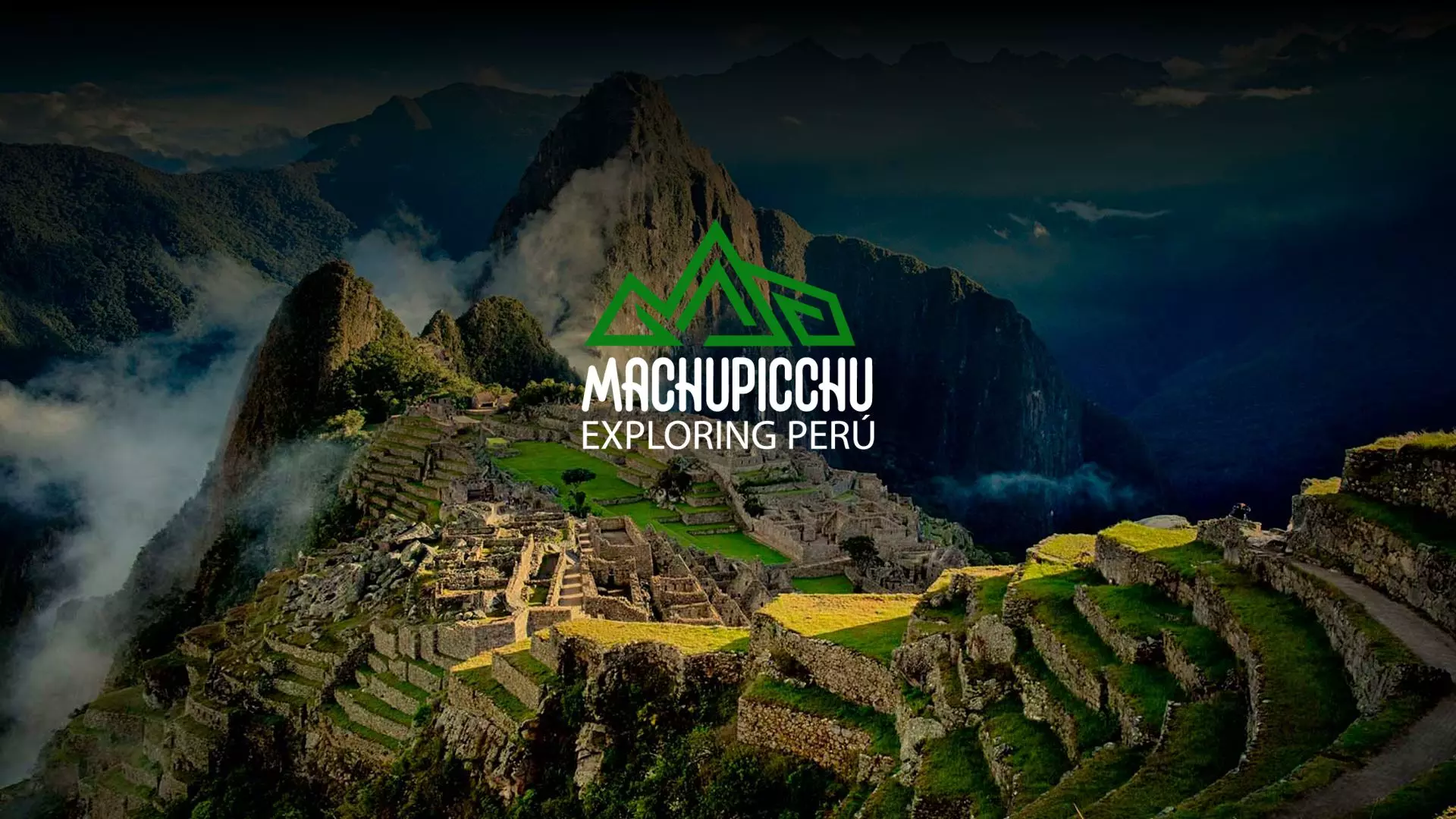
© 2023 Machupicchu Exploring Peru. All Rights Reserved Diseñado por WebCodePeru
WhatsApp us